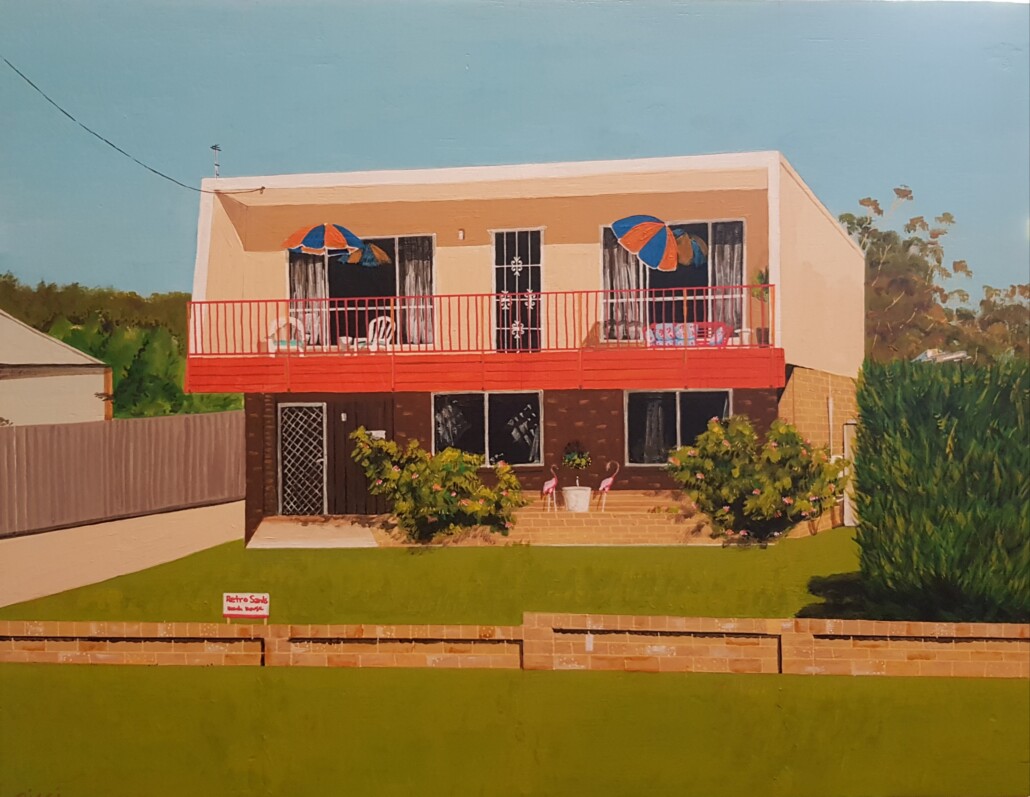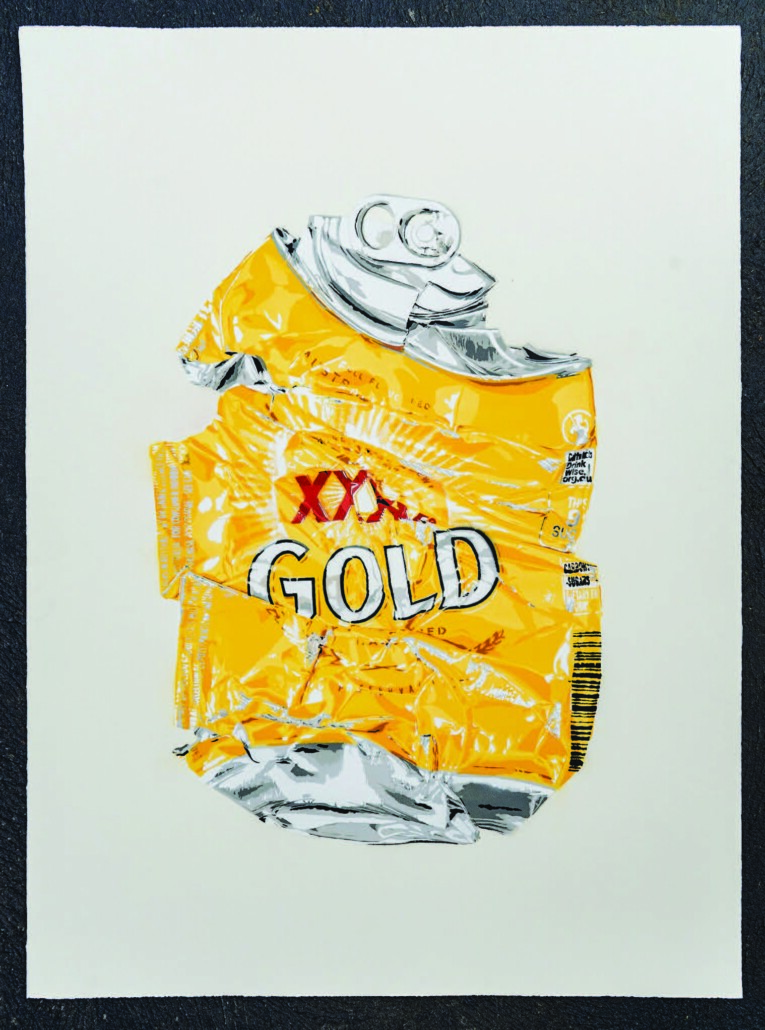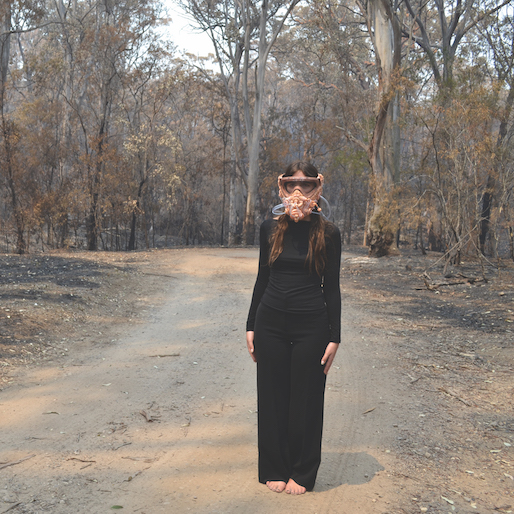ABOUT THIS YEAR’S AWARD
At Art Edit magazine, our mission since inception has been to help artists find new, appreciative audiences in the pages of this magazine, and among Art Edit’s digital audiences. Yet so much of the artwork that crosses our desks every day deserves still wider recognition, most particularly from curators, gallery directors and public art institutions. Which is why, in October 2020, we launched The Art Edit Self-represented Artist Award, offering artists a platform to respond to the theme: That Summer Feeling. The response was overwhelming, the quality of the work and talent of the participating artists remarkable, and we left it to our panel of judges to make the final call.
We’re delighted to present the work of the winner of the inaugural Art Edit Self-represented Artist Award 2020, Freya Jobbins, with BREATH, responding directly to the 2019-2020 Australian bushfire season.
The judges also highly commended artists Rachael Wellisch, for her series Tomes #13, #14, #15 & #16, 2020, and Nicci Bedson, for her work Retro Sands.
And finally, special commendation was also awarded to the following artists: Christopher R. Inwood, Dior Mahnken, Lauren Ami, Logan Moody, Taj Alexander, Tina Pitsiavas and Whitney Spicer.
WINNER
The South West Sydney studio belonging to German Australian artist Freya Jobbins sounds like the stuff of nightmares: “It is full of tools, mannequin body parts, dolls in varying degrees of dissection and small drawers of separate doll ears, eyes, and hands,” says the recent winner of Art Edit’s self-represented artist prize. Charlotte Middleton writes.
While butchered dolls may seem a callous starting point for creating art, Freya’s practice is anything but. “I aim to use materials that have their own history and story which I like to recontextualize to create new narratives,” she says. “I personally do not want to add to the excess detritus on this planet by using new materials.” Both the subject matter and artistic approach of her winning photographic series BREATH reflect Freya’s interest in environmental concerns and sustainability, and evidently struck a chord with the prize’s judging panel.
The theme of the prize, That Summer Feeling, invited myriad readings. Freya’s entry stood out for its stark and simultaneously poetic depiction of the devastation caused by the bushfires that ravaged during the Australian summer of 2019-2020. Taken at a nearby property impacted by the fires, the pared back composition of the photograph allows the theatre of the mask and bush background to sing; indeed, the image is all the more harrowing for its understatement. Reminiscent of the gas masks first pioneered during World War I, Freya’s custom-made mask provokes an immediately chilling effect on the viewer, insinuating the scale and severity of climate change as it plays out on the world stage.
“There is something unsettling and almost uncanny about the scene depicted, but as viewers we are not immediately aware of what the nature is of the danger that lurks,” commented Jerico Tracy, gallery director of Jerico Contemporary. This appreciation for Freya’s masterful evocation of the unknown was echoed by other judges, including esteemed Sri Lankan Australian artist Ramesh Mario Nithiyendran. “There is an underlying ambiguity or even mystery to this work which makes it highly compelling,” he said. “It’s pretty hard to generate nuanced or engaging imagery involving masks in our current climate – this work seems to do that.”
“A lot of my time is spent searching for materials in secondhand stores, at my regular favourites and all the ones on my travels,” says Freya. In the 30-acre surrounds of her property near Picton, the artist creates work in her own time and on her own terms – work that is frequently uncanny, uncomfortable, and sometimes downright confronting. “Yes, I aim to cause a reaction,” she says. “Response = conversation.”
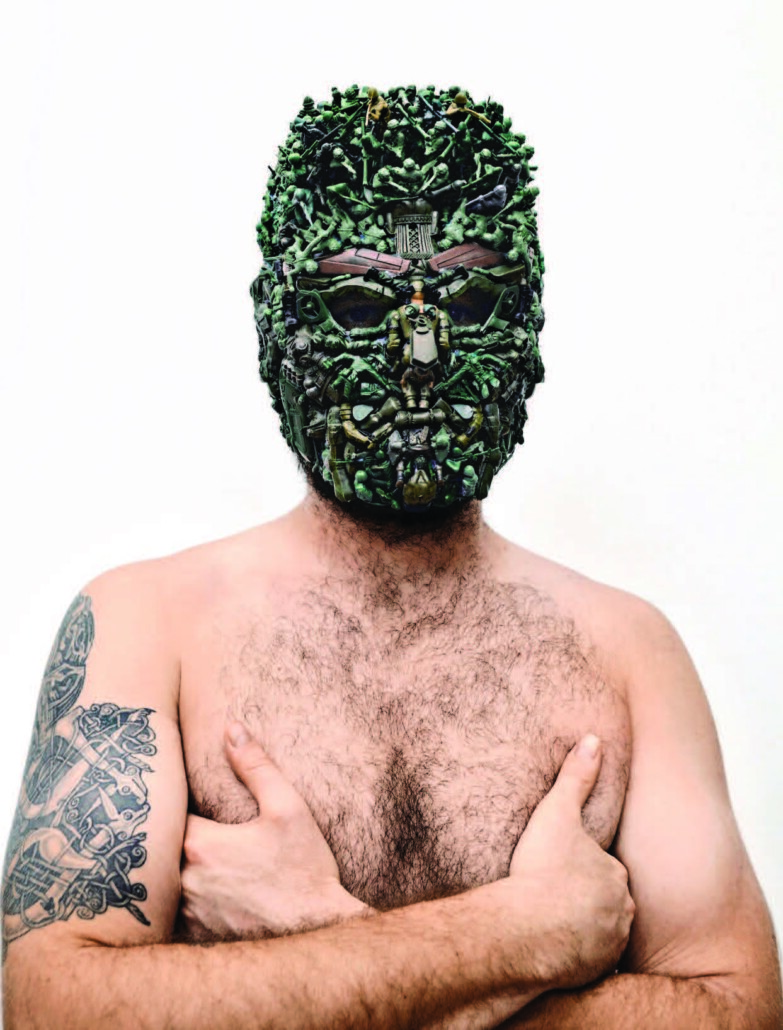
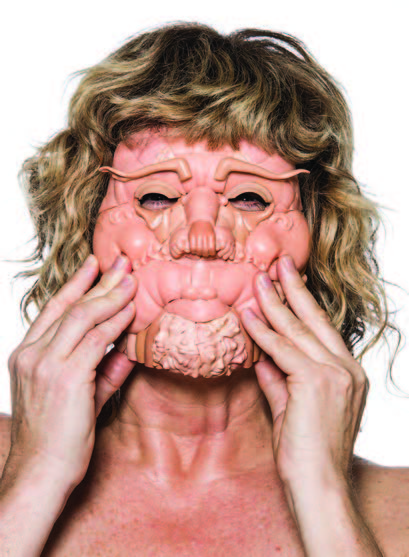
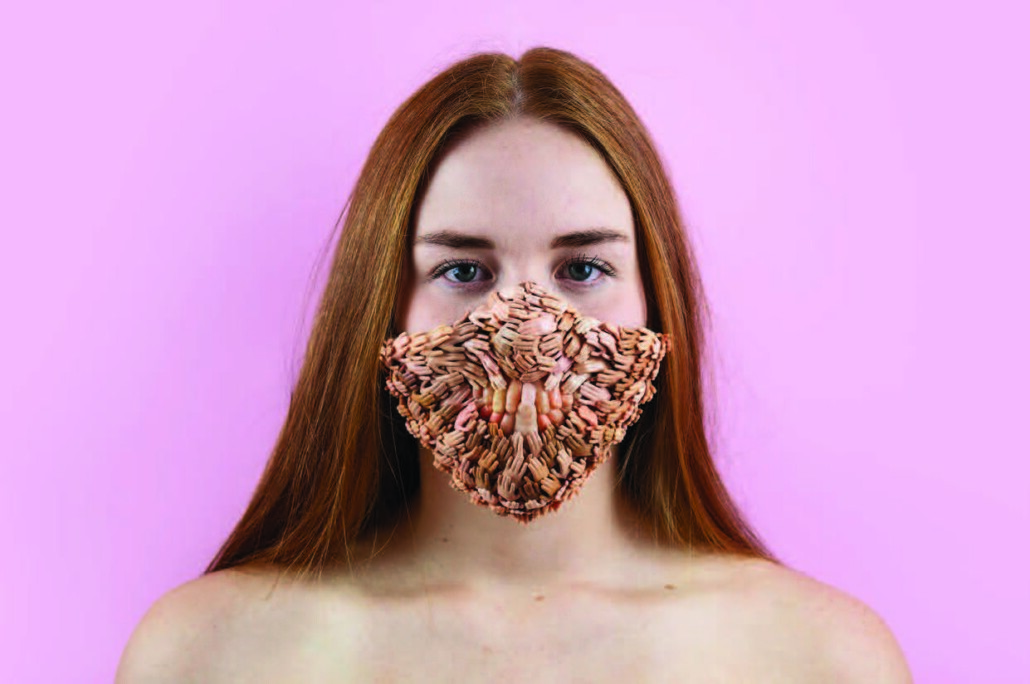
HIGHLY COMMENDED
Rachael Wellisch
Concerned with the environmental impacts of the textile industry, Rachael Wellisch uses household textile waste and indigo dye to create handmade paper sculptures. Old clothes and bedsheets are dyed in seven shades of natural indigo before being slowly pulped and transformed into the paper. She then meticulously stacks into tall arch-framed forms. “The four hand-woven tomes,” says judge Jerico Tracy, “are as poetic as they are beautiful. Reminiscent of the ebb and flow of the ocean these works created from salvaged textile waste offer an important comment on the relationship between textile consumption and waste.” While we may gaze into these ocean-like vistas and be reminded of the summer sun sparkling on the water’s surface, there is a more ominous and sobering subtext behind their conception.
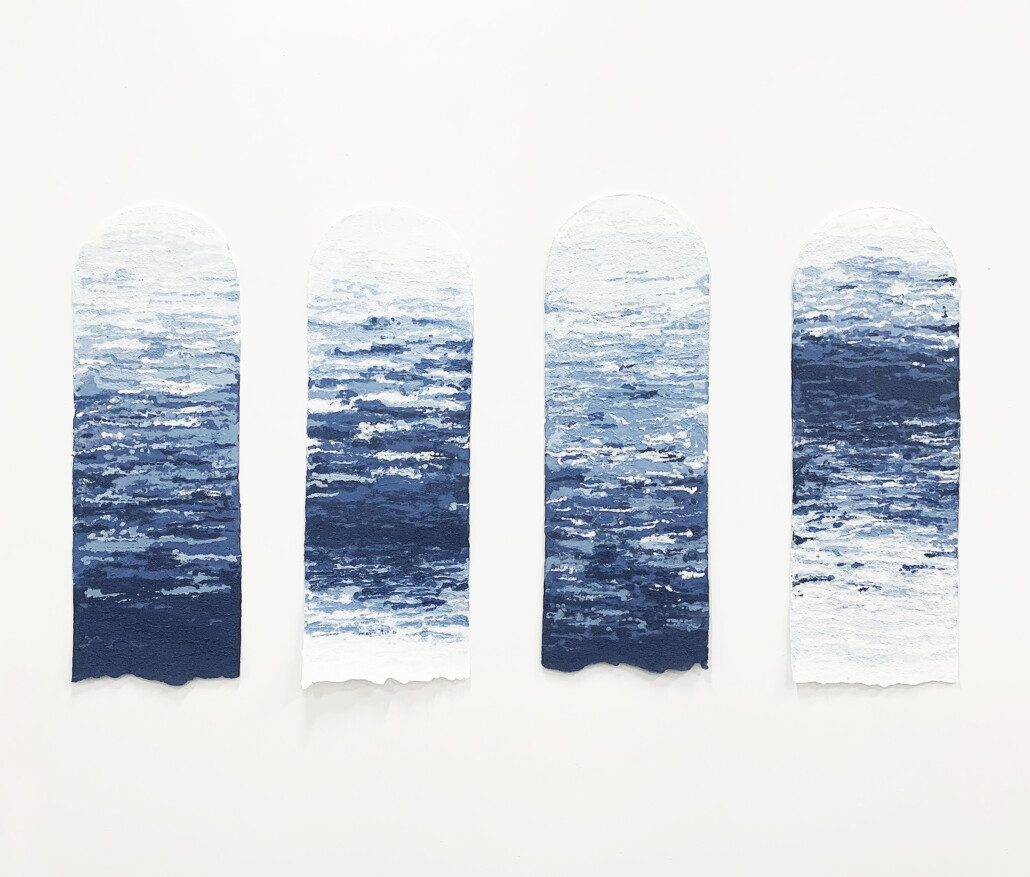
Nicci Bedson
Inspired by a house in Jervis Bay where she grew up, artist Nicci Bedson’s work Retro Sands recalls a typical Australian summer. “This house is so stereotypical of its era and locality,” says Nicci. “Old houses are a favourite subject of mine to paint. Weatherboard shacks and fibro cottages litter the south coast, but are fast disappearing.” Nicci’s work is lighthearted in concept yet beautifully conjures a sense of nostalgia and familiarity. “In a year where the prospect of experiencing far-flung lands has been out of bounds,” says judge Luke Potkin, “this to me feels like a true celebration of the staycation. The work oozes nostalgia, reminding us of the joy of simplicity.”
